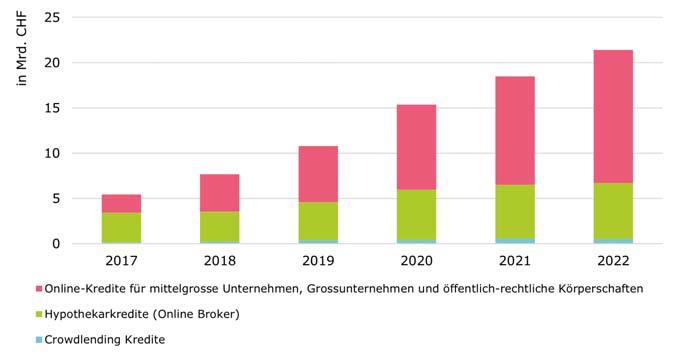The QR bill comes without anyone seeming to notice....
It's coming, but so far hardly anyone has noticed: the QR bill. By September 30, 2022, the changeover to the QR bill should be completely finished. From then on, Swiss Post will only accept QR payment items, as the QR invoice receipt is called. But how well are SMEs prepared for the changeover?

At the beginning of July 2021, SIX Group Ltd, which is taking over responsibility for receipt-based payment transactions from Swiss Post, published a study conducted on its behalf by the gfs.bern research institute. The survey of over 1,000 companies found that almost a year after the introduction of the QR bill, and just over a year before the end of red and orange payment slips, only just under half of companies are even aware that they are really going to disappear. Only 15 percent of the companies surveyed have so far switched to the QR bill, while the proportion of those with no plan at all is still very high, the SIX Group Ltd. study adds.
Many SMEs risk a whack-and-jerk exercise for QR billing
"Very many tradespeople, SMEs, associations and owners of stores or online stores ignore the fact that there is a need for action and that they need a solution for creating QR invoices - regardless of whether they issue many or few invoices. At the same time, most of them also overlook the fact that they could already reduce their administrative workload quite considerably by making the changeover quickly," states Beni Schwarzenbach. He is the managing director of Schwarzenbach KMU Services AG, a Zurich-based company that developed the QR Module solution. "Apparently, many think that the QR invoice is merely an add-on and that the previous payment slips can simply continue to be used. This is clearly not the case: as of October 1, 2022, Swiss Post will reject them at the counter," Schwarzenbach continues.
Solutions are already available
Basically, billers can be divided into four categories:
- Large billers with high volumes such as telecom companies or health insurance companies with their own IT solution;
- medium-sized companies and organizations that use ERP software;
- SMEs, self-employed persons, associations and donation organizations with rather small volumes, for which the purchase of ERP software hardly pays off, and
- Online stores that use QR Invoice as a payment option.
The first two categories are served by their software vendors, although there are ERP vendors that will not make the switch. "If a user of a particular ERP software has not yet heard anything about QR invoicing from their manufacturer, they should ask and, if necessary, think about a replacement solution," says Schwarzenbach, continuing, "For the other two groups, there are offers on the Internet. Those who belong to the third group can generate QR invoices directly online (SaaS solution). Online stores install a plugin in the CMS on which you run your website (e.g. WordPress or Zoho Marketplace). QR Module, for example, offers a simple solution for both groups."
QR module covers a wide field
QR module enables register users to generate simple QR payment parts with QR code as well as complete QR invoices quickly and easily. The validation function guarantees that they can be paid easily in online and mobile banking as well as at the post office counter. Customizable invoice templates allow billers to adhere to their corporate design. Invoice items are managed online in the accounts receivable list or uploaded from an Excel list. This fulfills the prerequisite for generating entire invoice series with just a few clicks. For those who do not want to do without postal dispatch, QR Modul also offers the option of ordering postal dispatch directly from the system. Printing on perforated paper, packaging, franking and dispatch are handled by Schneider Druck AG in Zurich. Finally, the "e-mail" dispatch option will also be added in the 4th quarter of 2021. "This dispatch option is an extremely cost-effective way to go, because the costs for printing and dispatch are eliminated. It will therefore probably gain in importance in the future. But beware: experience shows that payment morale is poor with this channel, because mails in the inbox quickly disappear from the bill recipient's field of vision among all the other messages. This, in turn, increases the workload in the dunning process," Schwarzenbach points out.
Source and further information: QR module









